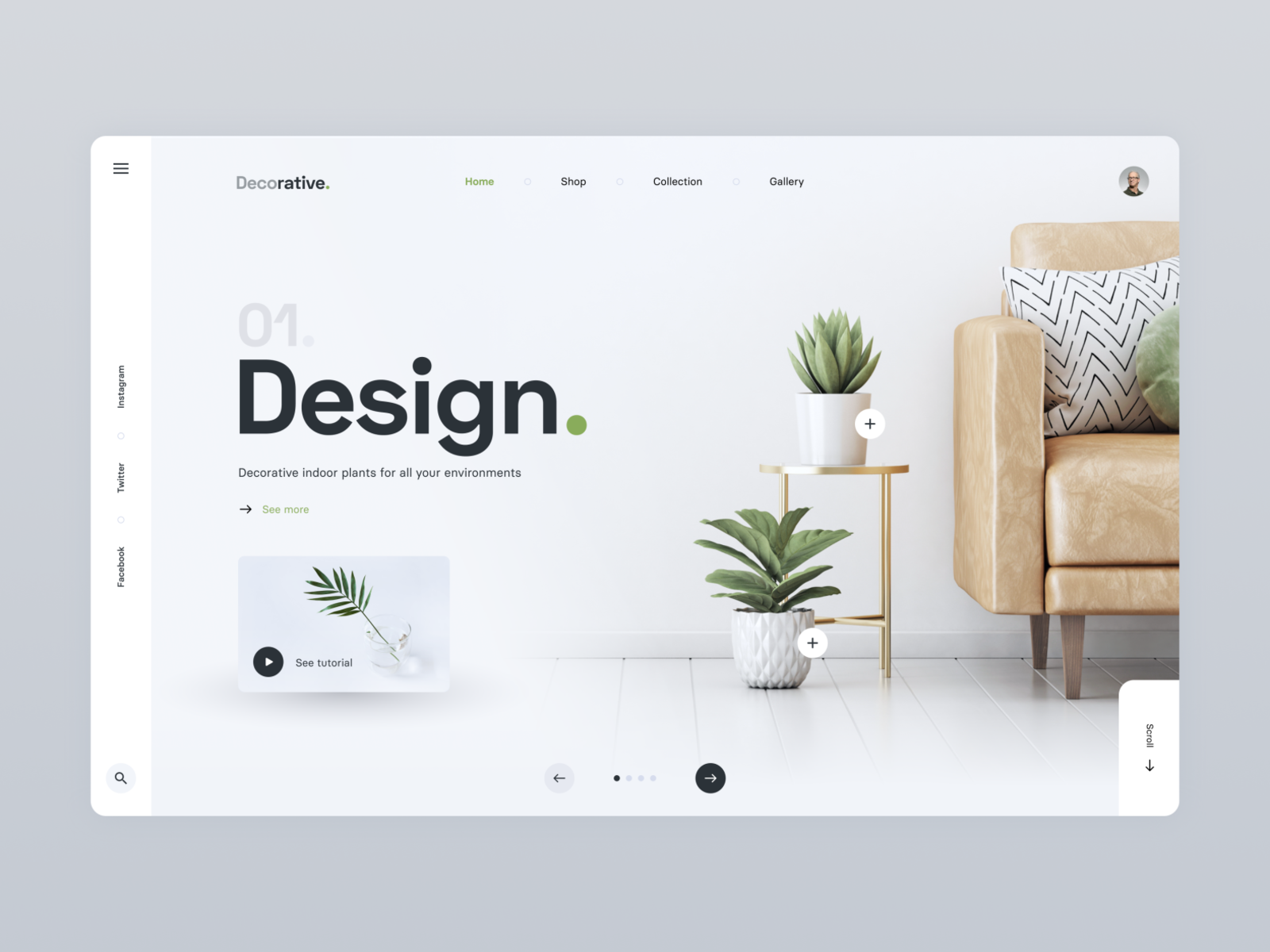In the fast-evolving electronic digital landscape, website design offers become more as compared to just a visible skill; it is the powerful medium of which shapes user experiences and drives organization success. As all of us step into 2024, it's crucial intended for designers and businesses alike to keep before emerging developments and best methods that can lift their online existence. From the value of user knowledge to innovative style techniques, crafting a new website that when calculated resonates with users is usually both an artwork along with a science.
This post delves into the important elements of current web design, exploring many methods from choosing the perfect color program and creating engaging content to optimizing for mobile equipment and ensuring convenience. If you are an expert designer or maybe starting up out, understanding these kinds of principles will aid you create digital experiences that consume and convert website visitors. Join us once we explore key information and tips to be able to craft your electronic digital dreams in a great increasingly competitive on-line world.
Key Website Design Trends for 2024
Seeing that we dive into 2024, web design is evolving rapidly, embracing new technologies in addition to user expectations. Among the prominent trends may be the increasing use of immersive experiences powered by augmented fact (AR) and electronic reality (VR). Get more information are starting to incorporate AR elements that will allow users to interact with items in a more engaging method, making online shopping both exciting and user-friendly. This pattern not only enhances user experience and also gives brands some sort of competitive edge within showcasing their promotions.
An additional significant trend may be the emphasis on durability and ethical style and design. More designers are usually adopting eco-friendly techniques and creating websites that reflect a commitment to interpersonal responsibility. This includes using design elements that will promote sustainability, decreasing carbon footprints by way of efficient coding, and even opting for eco-friendly hosting services. Individuals are becoming increasingly mindful of the effect their own choices have on the environment, and websites that express an eco-conscious diathesis are likely in order to resonate more using them.
Personalization continues to gain traction since businesses strive in order to provide tailored encounters based on consumer behavior and preferences. Dynamic content, which usually adapts to personal visitors, enhances proposal and fosters a sense of connection. In 2024, we can count on to see more websites utilizing AI-driven algorithms to offer personalized recommendations, guaranteeing users find accurately what they are seeking for effortlessly. This kind of trend underscores the importance of understanding user should create a net experience that feels unique and important.
Important Principles of User Expertise
User experience, or UX, is a critical component of modern day web design of which focuses on the particular overall interaction a great user has using a website. Among the fundamental principles regarding UX is usability, which emphasizes the importance of making websites intuitive and easy to navigate. A classy website allows customers to get information rapidly and efficiently, reducing frustration and enhancing satisfaction. This means that elements such as clear labels, constant layouts, and reasonable navigation paths are essential for guiding consumers seamlessly through their own online journey.
Another important principle is availability, ensuring that almost all users, regardless associated with their abilities or even disabilities, can also enjoy a positive browsing experience. This includes developing for users who else depend on screen readers, using alt text message for images, and even making certain color contrasts meet standards regarding visibility. By substantial accessibility features, internet designers not just conform to regulations although also reach some sort of broader audience, improving the overall effectiveness of the web site.
Lastly, relevance plays a new crucial role on user experience. Delivering web dizajn and attributes that meet the certain needs and likes and dislikes of users produces a more interesting and fulfilling experience. Understanding Go to this site and conducting detailed research are essential steps in determining what visitors assume if they arrive from a site. By simply aligning design elements and content using user expectations, makers can create compelling terme that drive engagement, encourage exploration, in addition to foster loyalty.
Best Practices for Mobile-Friendly Design
In order to ensure your internet site is mobile-friendly, get started by adopting the responsive design deal with. This means your site should automatically change its layout, images, and content using the screen size in addition to orientation of the device being used. Utilizing flexible grids in addition to media queries can easily help create some sort of seamless experience regarding users, providing these people with an optimal viewing environment, regardless of whether they will are over a smartphone, tablet, or pc.
Another key best training is to prioritize fast loading instances on mobile equipment. Users are fewer likely to watch for pages that acquire too long to load, which could effect in increased jump rates. Optimize photographs, leverage browser caching, and minimize using heavy scripts to enhance performance. Tools like Google PageSpeed Insights can provide handy insights and tips for improving mobile speed and efficiency.

Lastly, consider the feel interface when building navigation elements. Ensure buttons and links are large sufficient for users in order to easily tap with out accidentally clicking the incorrect element. Implementing an obvious and intuitive navigation menu can enhance user experience substantially. Additionally, avoid jumbled designs and keep content organized to help users discover what they require quickly and effortlessly while engaging along with your website in mobile devices.
